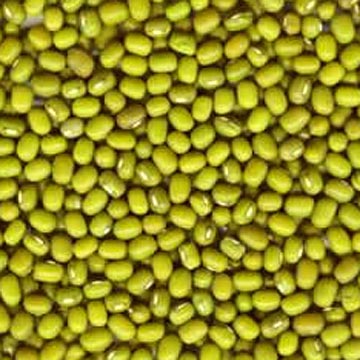I’m about to cook a curry for myself and my wife. Last week I made a curry out of mung beans and brussels sprouts – not just mung beans and brussels sprouts, I might add, I do use curry paste, onions, garlic and lots of other vegetables, but in the last few weeks my interest has turned to using dried products as a base for all sorts of dishes. Aduki beans go brilliantly with Chinese stir fry – incidentally, don’t bother buying jars of sauce, just mix 200ml hot water with 35ml soy sauce, 25ml honey, 2 cloves of garlic and some seasoning and you have a perfect stir fry sauce.
Today I’m going to leave the beans on the shelf and try dried soya chunks; apparently you just soak them for a while (excuse me, I forgot to soak them, be back in a minute…) and then use them like frozen soya chunks. Yes, I admit I’m late coming to this, and lots of you have been using dried beans an pulses for ever, but I made the change on environmental grounds: the weight of pre-soaked pulses obviously makes them more carbon intensive to transport, as does the weight of the packaging; the volume also means less can be transported in one load, adding more trucks and ships to the mix. Freezing food is also very, very carbon intensive – a domestic freezer is not too bad, and hums away at about 20-25 watts, but freezing food, transporting it frozen and selling it frozen is bad, making frozen food a problem.
Dried food is clearly the answer, and with a bit of skill can taste absolutely delicious: my children lap up my curries, stir frys, stews and pasta meals, all of which use dried pulses and will now include dried soya. Yum yum!
